Unveiling the Mysteries: Exploring the Origins and Source of Pearls

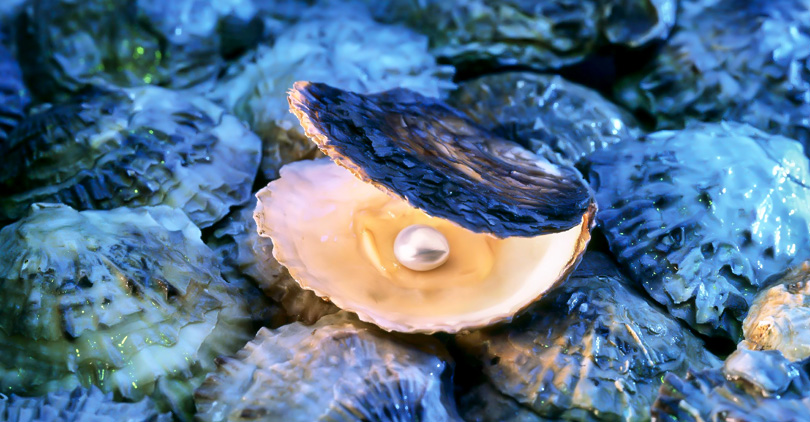
Have you ever stopped to think about how incredible pearls are? In this piece, we're going to look at their origins and creation. Unlike other precious gems that come from the earth, these beautiful orbs grow inside living beings – which makes them unique.
But there's more to pearls than good looks and where they come from. For hundreds of years, they have also been symbols imbued with meaning. Associated with purity, wisdom, and wealth, pearls have served as both a metaphor for social worth and actual riches throughout generations past.
The journey of pearls – from the myths societies spun around them to how we consider them symbols of luxury today – is as engrossing as any novel.
Join us as we delve deep into what it means when we say "pearls" too casually – how they form and how farmers can now (sometimes) encourage mollusks to produce them responsibly.
Formation of Pearls

The creation of pearls is a fascinating process, combining the beauty of nature with human inventiveness. Pearls are made in two main ways: natural formation and cultured pearl production.
Natural Formation Process
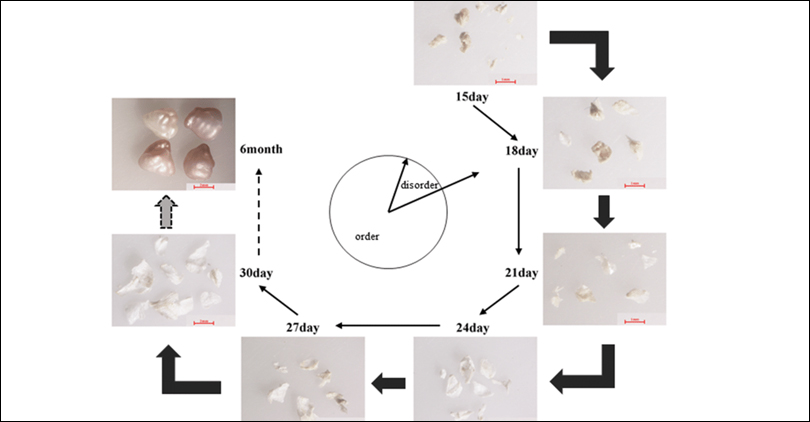
Amid the vastness of the ocean, a remarkable event takes place inside the body of a simple mollusk: it creates a pearl.
This fascinating process begins when an external object, such as a grain of sand or parasite, becomes lodged inside the mollusk. To ease this irritant, the creature coats it with layers upon layers of nacre—otherwise known as mother-of-pearl—which has an enticing sheen.
In time, these coatings solidify to form a precious gemstone. Natural pearls are rare because this method does not happen often. Even when it does, perfect conditions must prevail for many years.
Cultured Pearl Production
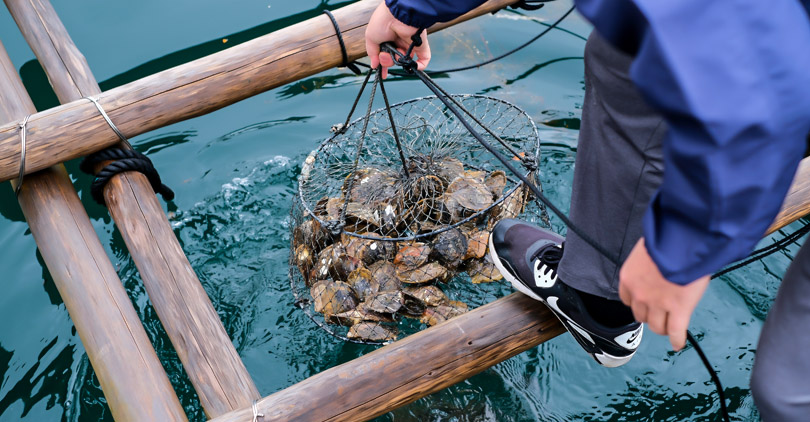
In contrast, cultured pearls are created through human involvement. Pearl farmers start this pearl sourceprocess by inserting an irritant – like a piece of tissue or a bead – into the mollusk.
Over months or years (depending on how big they want the pearl), the mollusk coats this irritant with nacre until it has many layers.
It's possible to grow cultured pearls in both saltwater and freshwater environments, giving producers greater influence over factors such as size, shape, and quality.
This technique has made pearls available to more people than before without reducing their attractiveness. It also means natural pearls can still be collected without causing so much harm.
Natural Pearl Sources

Now, let's discover where natural pearls come from! They begin their life inside either saltwater oysters or freshwater mussels and develop into one-of-a-kind treasures with beautiful shimmering luster.
Oysters
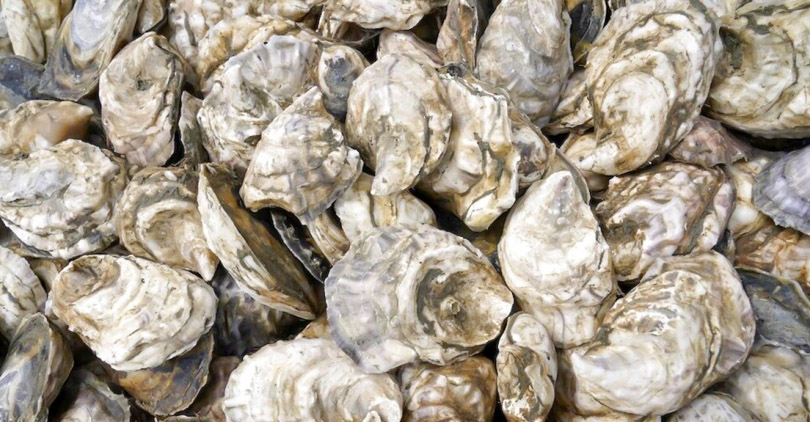
Oysters are known as sea creatures that can produce beautiful natural pearls. When these animals get a foreign object inside one of their shells, they protect themselves by forming a pearl around it.
Most of the world's natural pearls come from oysters living in the Persian Gulf, along the coasts of India and Australia. Pearls from these waters are especially admired for their shiny quality – called luster – as well as for being rare.
One example of a necklace with a famous pearl from this area is "La Peregrina," which means traveler in Spanish. Found off the coast of Panama in the 1500s, This gem has an interesting story and is very beautiful.
In fact, you might have seen pictures of it because it was once owned by actress Elizabeth Taylor, who liked to wear it sometimes when she went out!
Saltwater Oysters
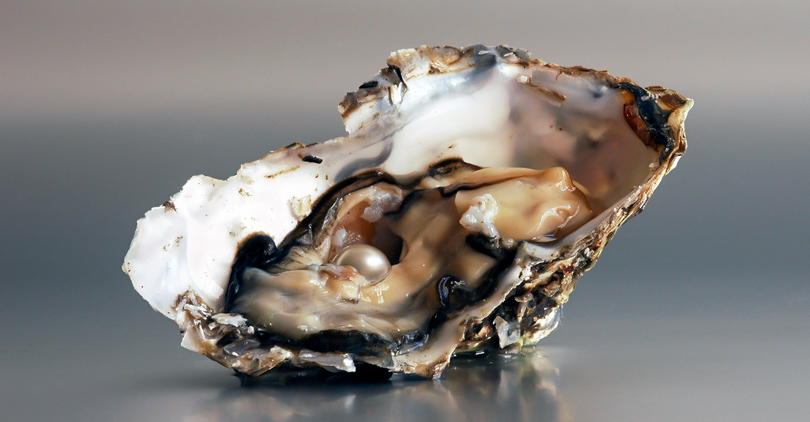
Saltwater oysters, specifically those belonging to the Pinctada genus, are responsible for creating some of the most stunning pearls in existence.
These oysters thrive in saltwater environments found in oceans and seas, with notable species including Pinctada maxima (South Sea pearl oyster) and Pinctada margaritifera (Black-lipped oyster), known for generating large, beautiful pearls.
South Sea pearls—grown off the coasts of Australia, Indonesia, and the Philippines—are cherished for their satiny texture and impressive size.
Pearls from black-lipped oysters in Tahiti don't closely resemble their classic white counterparts. Instead, they carry a dark glow that gives them a mysterious beauty all their own—one so mesmerizing that each unique gem is considered a true treasure.
Freshwater Mussels
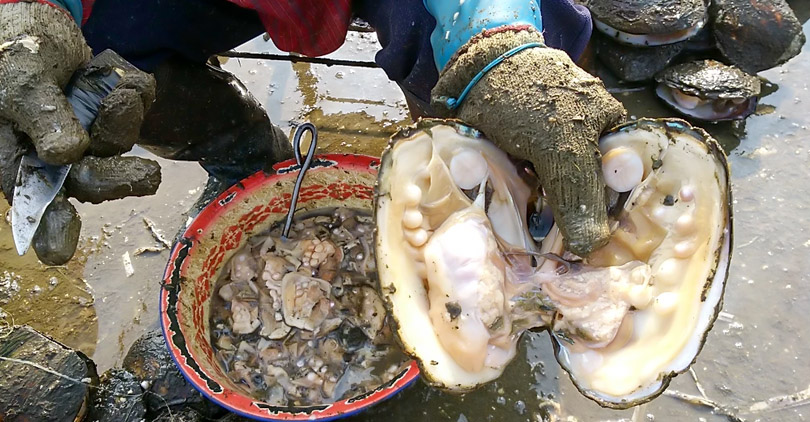
Freshwater mussels in lakes and rivers produce pearls. They can create several pearls at once, which come in more varieties than those from saltwater oysters or clams.
Freshwater pearls are found in many countries, including China, Japan, and the United States—with China having the most production. Some freshwater pearls from China may have a greater range of colors than other types. They can be white, pink, lavender, or purple.
At one time, Biwa pearls from Lake Biwa in Japan were famous for their beautiful luster and top quality. But too many were taken out of the lake, and fewer good ones are now found there.
Cultured Pearl Origins
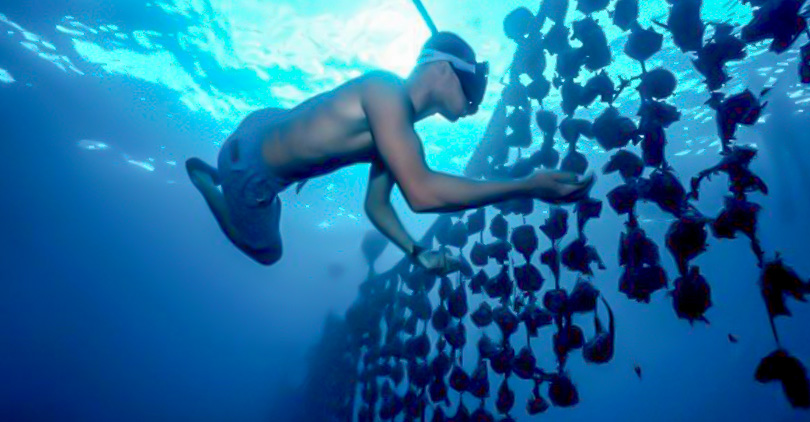
Cultured pearls are created using a fascinating method that imitates how natural pearls develop inside mollusks. Check out a few popular techniques below:
Techniques of Cultivation
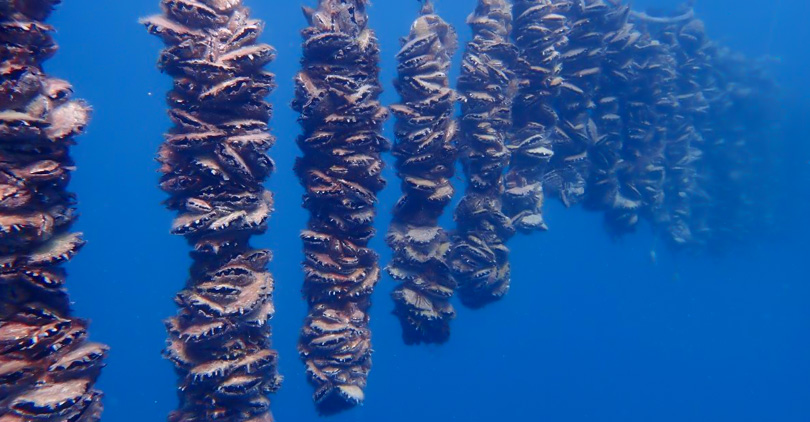
The artful craft of cultured pearls combines human skill with nature's processes, using clever methods to influence mollusks.
Although all pearl cultivation involves inserting an irritant inside a shelled creature to stimulate nacre production, techniques, and ingredients vary widely – and can leave their mark on the result.
Bead Nucleation

One important method revolves around bead nucleation, particularly in saltwater oysters. Here, technicians carefully implant a spherical bead (often made from another oyster's shell) along with a small piece of mantle tissue from a donor mollusk.
This approach is known for yielding round pearls that are so beautiful they seem unreal. Think of classic strands of Akoya pearls from Japan, admired for their flawless spheres and bright mirror-like luster.
Tissue Nucleation
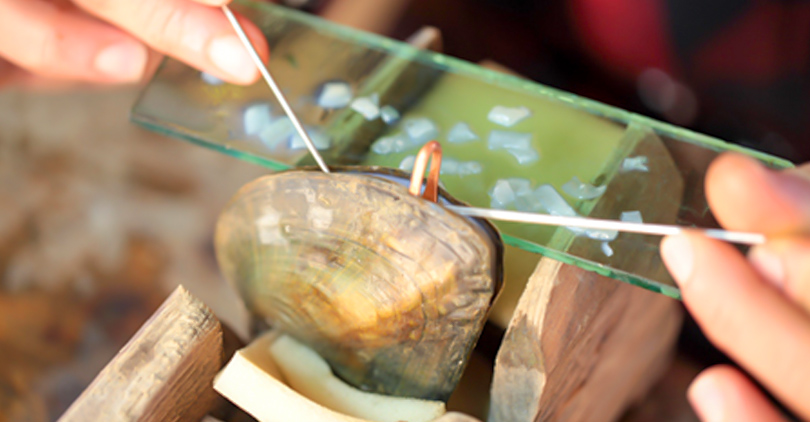
Another way, called tissue nucleation, is frequently used in freshwater pearl production. Instead of using a bead, a tiny piece of mantle tissue from a donor mussel is inserted. This causes pearls to form but without the round bead core.
Tissue-nucleated pearls are responsible for the wide range of shapes and sizes found among today's freshwater pearls: everything from near-rounds to baroques, as well as unusual crosses or stars.
Mabe Technique
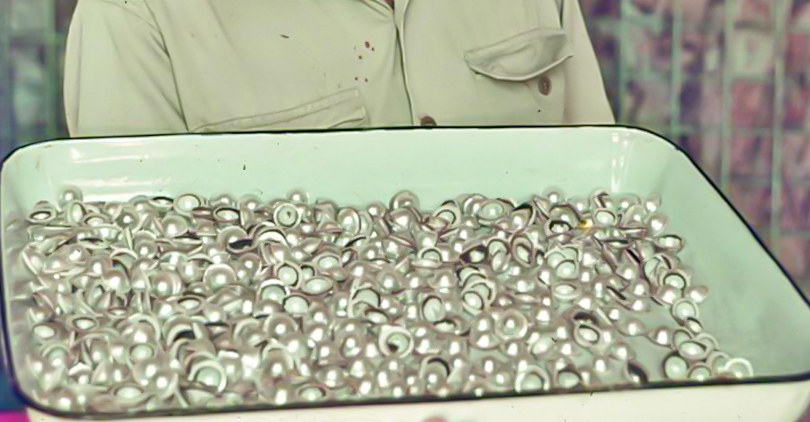
In contrast, Mabe or blister pearl technique implants the nucleus against the inside shell of the oyster. The pearl then grows next to the shell resulting in a hemispherical pearl when harvested that can be used decoratively in jewelry after mounting because it has a flat back—ideal for large pieces.
Farming Locations
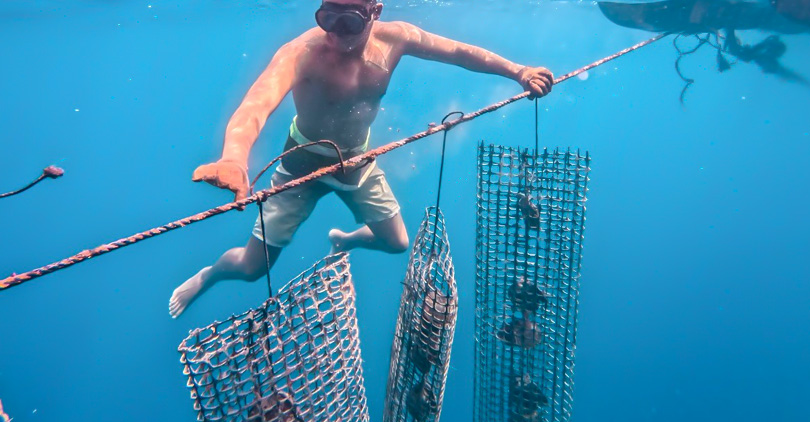
As pearls are cultured in different places, each with its own environment, the resulting gems vary greatly.
Japan is where pearl cultivation began, and it remains famous for producing Akoya pearls. These often have an almost perfect sphere shape as well as enviable luster – a quality that gives them shine – likely because they reflect their home's pristine waters in Ago Bay.
Australia's coast yields South Sea pearls: think golden or white tones resembling liquid sunshine and impressive size-wise too. They are big.
In French Polynesia's far-flung lagoons, black-lipped oysters produce Tahitian pearls. Look at these, and you'll see colors such as black, green, and blue – just like you would if gazing at the ocean there.
China, however, has become a powerful producer of pearls from freshwater farms across lakes and rivers. Here, mussels can generate rainbows' worth of hues, shapes to suit everyone, and really good luster – basically lots of loveliness!
Summary
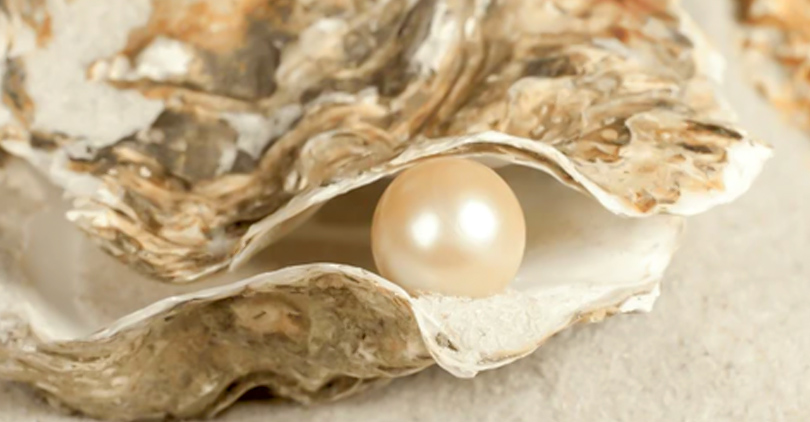
In the world of pearls, a fascinating mix of nature and human skill produces unique marvels from the depths.
Natural pearls – formed when an oyster embraces an irritant by chance – are oceanic gems with a story, making them exceedingly rare. Cultured pearls represent man and nature working together. They, too, are beautiful, but their production can be replicated.
Whether born in Japan's traditional waters or off Australia's coastlines, amid Polynesia's black-lipped oysters or China's rivers' mussels, each jewel carries an imprint of its origin.
Pearls have always symbolized purity, wisdom, and beauty (especially due to their formation process) – which is why people are still fascinated by them today.
Frequently Asked Questions (FAQs)
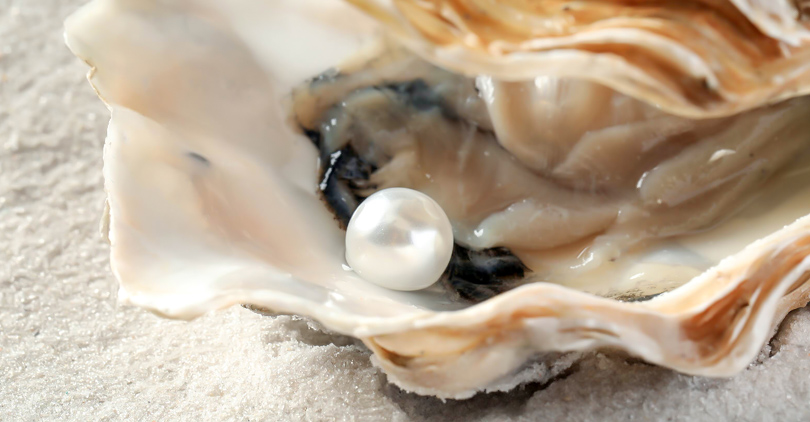
Where do pearls come from?
Pearls come from the sea. They are made by mollusks such as oysters, mussels, and clams when irritants become trapped inside their shells. To protect themselves, these animals coat the irritating object with layers of nacre, forming what we call a pearl.
Do all oysters make pearls?
No oyster produces pearls indiscriminately. Only certain types of oysters – including the Akoya and South Sea varieties – produce pearls that have commercial value. These kinds of oysters have special cells that surround any foreign objects entering their bodies with nacre.


Leave a Comment